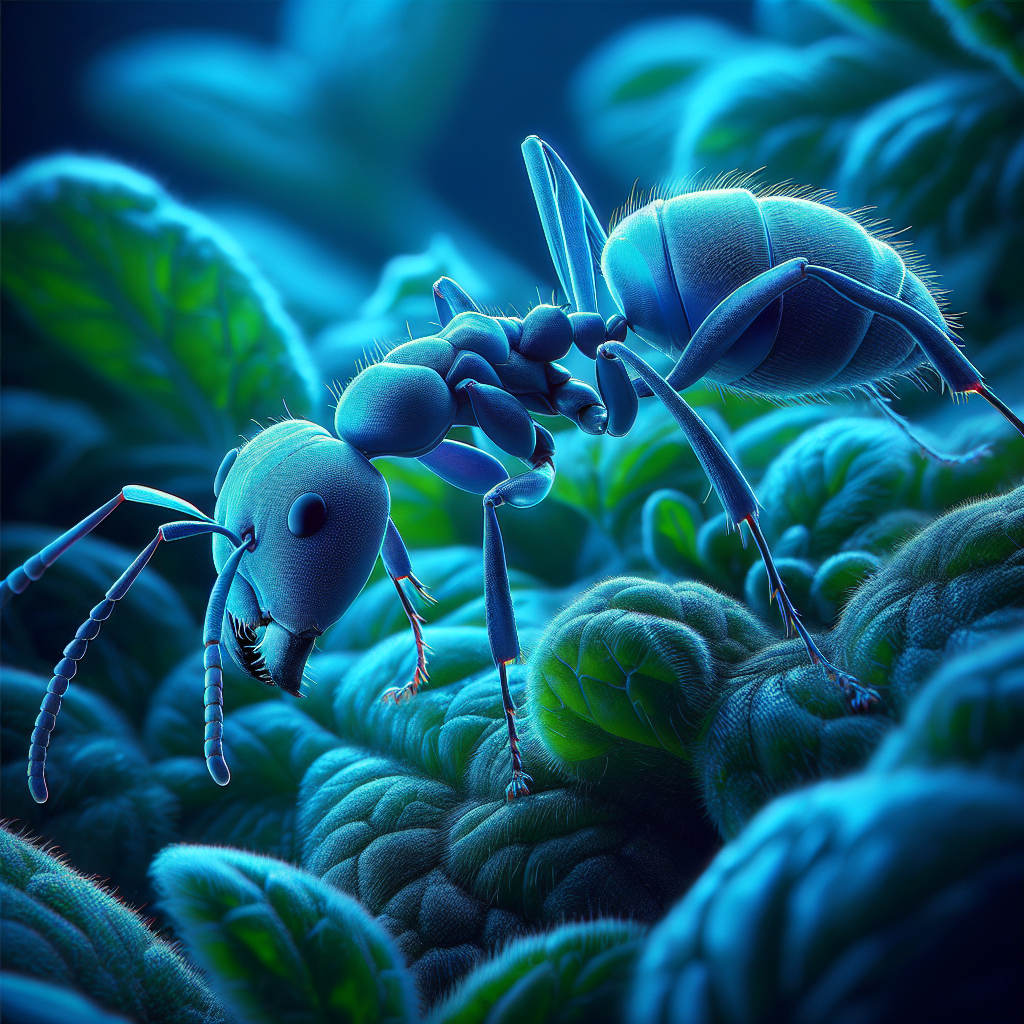Prehistoric Ants, Carnivorous Caterpillars, and Tumbling Satellites: Unraveling Mysteries in Science
Scientists have unearthed the fossil of Vulcanidris cratensis, the oldest-known ant, and discovered a carnivorous caterpillar on Hawaii. Additionally, U.S. analysts report that a Russian satellite, believed to be tied to a nuclear weapon program, is spinning uncontrollably, signaling potential disruption to Moscow's space endeavors.

Scientists have identified the oldest-known ant, Vulcanidris cratensis, preserved in Brazilian limestone from 113 million years ago. This ant, with its demonic-looking jaws, belonged to the 'hell ants' lineage extinct since the Cretaceous Period.
Meanwhile, in Hawaii's Oahu mountainous region, a newly discovered caterpillar, dubbed the 'bone collector,' preys on spiders' web-entangled victims and uses inedible body parts for camouflage.
U.S. analysts reveal that the Russian satellite, Cosmos 2553, linked to a nuclear weapon initiative might have malfunctioned, reflected by its erratic spinning, marking a potential blow to Russian space weapon aspirations.
(With inputs from agencies.)










